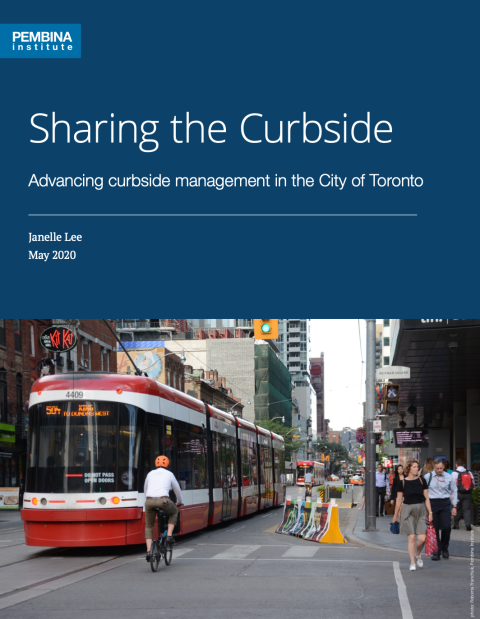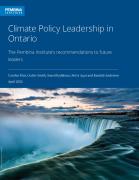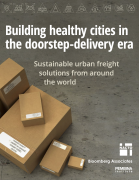When we think about our transportation networks, we are often preoccupied with roads, sidewalks, or bike lanes — it is easy to forget about the space in between, the curbside. But this in-between space is a critical part of the transportation network and our public realm. We all need to access the curb, whether as drivers trying to parallel park; bus operators picking up and dropping off passengers; cyclists whose right-of-way is alongside the curb; truck drivers who need to deliver goods to residents and businesses; or pedestrians getting into vehicles, or in the time of COVID-19, physically distancing from others.
This report explores how the City of Toronto is approaching the issue through its existing curbside management strategy and suggests complementary actions — specifically parking and loading related solutions — to help the City advance this work. In our research, we examined how different jurisdictions address curbside competition, and consider how the COVID-19 pandemic is affecting curbside use. Based on this, we suggest additional solutions related to parking and loading that the City of Toronto can consider in the short- and medium-term to complement existing tactics in the curbside management strategy.
Other Canadian jurisdictions could also adopt these solutions to ensure effective curbside management in their cities. Ultimately, curbside management needs to be a critical consideration in all transportation planning projects and strategies in order to support other transportation goals including improving road safety, reducing congestion, encouraging cycling and other active modes, and better facilitating freight and goods movement.





